How Can I Get Rid of This Stubborn Toilet Ring?
It’s not the most elegant question I get, but certainly one of the most common. “I’ve tried everything I can think of, but that stubborn, ugly toilet bowl ring won’t go away!” Or “It goes away, but just keeps coming back!”
Toilet bowls develop discolorations for many reasons that have nothing to do with the quality of the housekeeping. In most cases, the toilet ring results from hard water conditions and water standing in a toilet that doesn’t see a lot of use.
While many commercial products out there promise to remove hard water stains in the toilet, ordinary household pantry items you already have can be just as effective—and much cheaper—to rid your toilet of the dreaded toilet ring without harsh chemicals.
What are those stains, anyway?
Toilet bowl stains that look like rust are likely due to mineral deposits and hard water. Green, orange or black streaks or rings may be mold. A bacteria called Serratia marcescens shows up as pink, or sometimes reddish.
Yellow stains in toilet bowls are due to a lack of maintenance. When your toilet bowl is exposed to urine for an extended period, yellow staining is bound to appear. You can prevent this by ensuring the toilet is flushed after every use.
Under most conditions, regular weekly cleaning prevents heavy stain buildup and reduces the appearance of any existing stains so the bowl can look pristine and white again.
And when none of that works? Don’t worry; I have the mother of all solutions for that too, in a bit. But let’s start with the easiest.
1. Baking soda and vinegar
When used together strategically, these two common, non-toxic, and harmless edible items are powerful for cleaning things, including hard water stains and toilet rings.
- Pour 1 cup of ordinary white vinegar into the toilet bowl. Using a toilet brush, swish it around. Let it sit for a minute or so.
- Sprinkle a cup of baking soda into the toilet bowl, followed by two more cups of vinegar. Get ready as this is going to create a fizzing action. Leave it be for about 10 minutes.
- Using the toilet brush, swish some more because you want to ensure this solution reaches stains above the waterline and under the rim. Still, do not flush.
- Let the solution sit for 30 minutes, occasionally swishing until the stains are gone. For any remaining stain, scrub it with the toilet brush or scrubby sponge. Flush the toilet to rinse.
Vinegar and Baking Soda Reaction
Baking soda, with its chemical formula NaHCO3, stands as a base, the counterpart to an acid. That’s why it’s a star player in both baking and cleaning tasks. On the other hand, vinegar, known chemically as acetic acid (CH3COOH), boasts high acidity, showing off a low pH level. This acidity makes it a superhero in cleaning, especially when it comes to tackling tough debris.
But here’s where the magic really happens—when you mix the two, a chemical dance takes place!
NaHCO3 + CH3COOH = NaC2H3O2 (sodium acetate) + H2O (water) + CO2 (carbon dioxide)
It’s science in motion. When vinegar and baking soda come together, there’s fizz, there’s bubble, and there’s definitely a reaction going on. Some of it turns into water, some into playful carbon dioxide bubbles, and the rest forms a salt, which tips slightly towards the basic end of the pH scale. So, while they don’t exactly cancel each other out, they do get pretty close to neutralization on the pH scale.
It’s like a chemistry party in your kitchen—baking soda and vinegar join forces, fizzing away to get the job done, and then gracefully bow out once the mission is accomplished.
Source: Chemistry Cachet
2. Borax and vinegar
Borax is a more robust, yet common, household multi-purpose cleaning product that can be used to clean hard water stains in the toilet. You can find borax in the laundry aisle of most supermarkets, online or in stores like Home Depot and Lowe’s.
- Sprinkle 1/4 cup of borax into the toilet bowl and swish it around with a toilet brush.
- Add 1 cup of vinegar, swish around again, and let the mixture sit in the bowl for about 20 minutes.
- Finish by scrubbing the bowl with a toilet brush to remove the stains. Flush to rinse.
3. Dishwasher pod
Drop an automatic dishwasher pod (any brand) into the toilet bowl, allow it to sit for a few minutes. Scrub the stains away with a toilet brush. Quite amazingly, I’ve discovered that a pod will dissolve in the room temperature water of a toilet bowl. However, experimenting with automatic dishwasher powder did not prove as effective for me because, unlike the pod, it didn’t dissolve well.
4. Denture tablet
Porcelain fixtures respond well to the cleaning agent in denture tablets. Drop a denture tablet into the toilet bowl. Allow it to fizzle away for about 30 minutes or even overnight. Use a toilet brush to easily remove tough stains, flush, and enjoy that sparkle!
5. Bleach
If non-abrasive options don’t do the trick, you may have to use bleach but with several precautions. Porcelain is sensitive material, so bleach should be a product of very infrequent, if not last resort.
- Carefully pour 1 cup of liquid chlorine bleach into the toilet bowl water—not into the tank. Let it sit for 10 minutes max if you are trying to get rid of stubborn stains.
- Do not use cleaners containing bleach because, believe it or not, these products do not contain surfactants to power through the stain, they can instead harden and make the stain permanent.
- Scrub the inside of the toilet thoroughly with a toilet brush. Make sure you get the space up under the rim.
- Flush the toilet to rinse away the bleach.
6. When all else fails
Sadly, after all attempts, you may conclude that the stains have become permanent. But dry your tears! I have a solution for even those stains. Here it is, the mother of all solutions because some stains and toilet rings are so stubborn, they’re beyond baking soda, borax, vinegar, or bleach: pumice stone. Just be very careful. Overuse, or using the wrong kind of pumice product, can damage the surface of the vitreous china, which that toilet bowl is made of. Careful use, albeit infrequent use, is like magic!
I recommend Pumie Toilet Bowl Ring Remover. As pumice stones go, this one is soft and, when used infrequently, will not harm the surface of the toilet bowl. Pumie comes with a handle that makes it easy to use.
Scours away mineral deposits, rust, stains and scale from toilets, sinks, tubs and showers. Removes unsightly toilet rings.
Clean regularly
You do not need to use strong, costly chemicals to prevent hard water toilet stains. Borax, baking soda, and vinegar do a great job of cleaning and disinfecting—and preventing hard water stains from building up when used regularly—at least once a week. But every day is better.
Seriously, if you keep a clean, attractive toilet brush in sight and handy, a once-a-day clean is a simple habit to establish. You don’t even need to add cleaning product every day—once a week is sufficientf for that—but just an intentional swish around bowl with a good brush once a day is going to do wonders to help keep toilet rings away and sparkly clean toilets a given.
Easy maintenance
For regular maintenance and to help keep your toilet clean and free of hard water buildup, do this weekly, or as needed:
- Sprinkle 1 cup of borax into your toilet bowl before you go to bed. Get it on the sides of the bowl, under the rim, and inside the bowl itself.
- In the morning, scrub quickly with a brush, and flush. The borax loosens up everything you can see and not see, making scrub time much faster. Toilet rings, odors, and stains will flush away easily and with hardly any effort at all!
Septic systems
Ammonia products are safe for use in septic systems, in reasonable amounts. Vinegar (both white vinegar and apple cider vinegar), Borax, OxiClean, and baking soda are septic-system safe. Oxidized bleaches are septic-system safe alternatives to chlorine bleach.
Warnings
- Make sure you protect your hands with rubber gloves.
- Never mix bleach with anything that contains vinegar or ammonia because doing so can cause dangerous chemical reactions!
FAQs
Why do I have a pink-ish red ring in my toilet?
A red ring in your toilet is usually caused by a specific bacteria called Serratia marcescens. While this bacteria isn't generally harmful to the body, it can potentially cause medical issues if it infects wounds or leads to pneumonia. To effectively control the presence of this bacteria in your toilet, it's best to regularly clean it with a chlorine bleach solution.
What causes stubborn toilet rings?
Toilet bowl rings are typically formed when water is left in the toilet bowl for an extended period of time. This allows the hard water minerals of iron and manganese in the the water to settle and form a ring around the inside of the bowl.
How often should a toilet bowl be cleaned?
Daily prevention is such a great idea. It takes maybe 30 seconds to grab a good toilet brush, run it around the inside of the bowl along the water line, shake it off and rinse it of in the sink using hot water. Then once a week clean the bowl with a good cleaning product (see post above) to kill any bacteria that may be trying to take up residence. If you follow this cleaning schedule, you can be sure you'll never have to deal with a stubborn seemingly inmovable ugly toilet ring!
Everyday Cheapskate participates in the Amazon Services LLC Associates Program, an affiliate advertising program designed to provide a means for us to earn from qualifying purchases at no cost to you.
More from Everyday Cheapskate
Please keep your comments positive, encouraging, helpful, brief,
and on-topic in keeping with EC Commenting Guidelines
Last update on 2024-04-23 / Affiliate links / Images from Amazon Product Advertising API

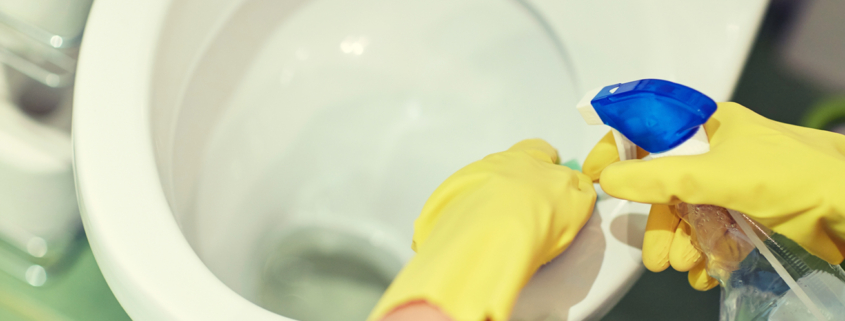


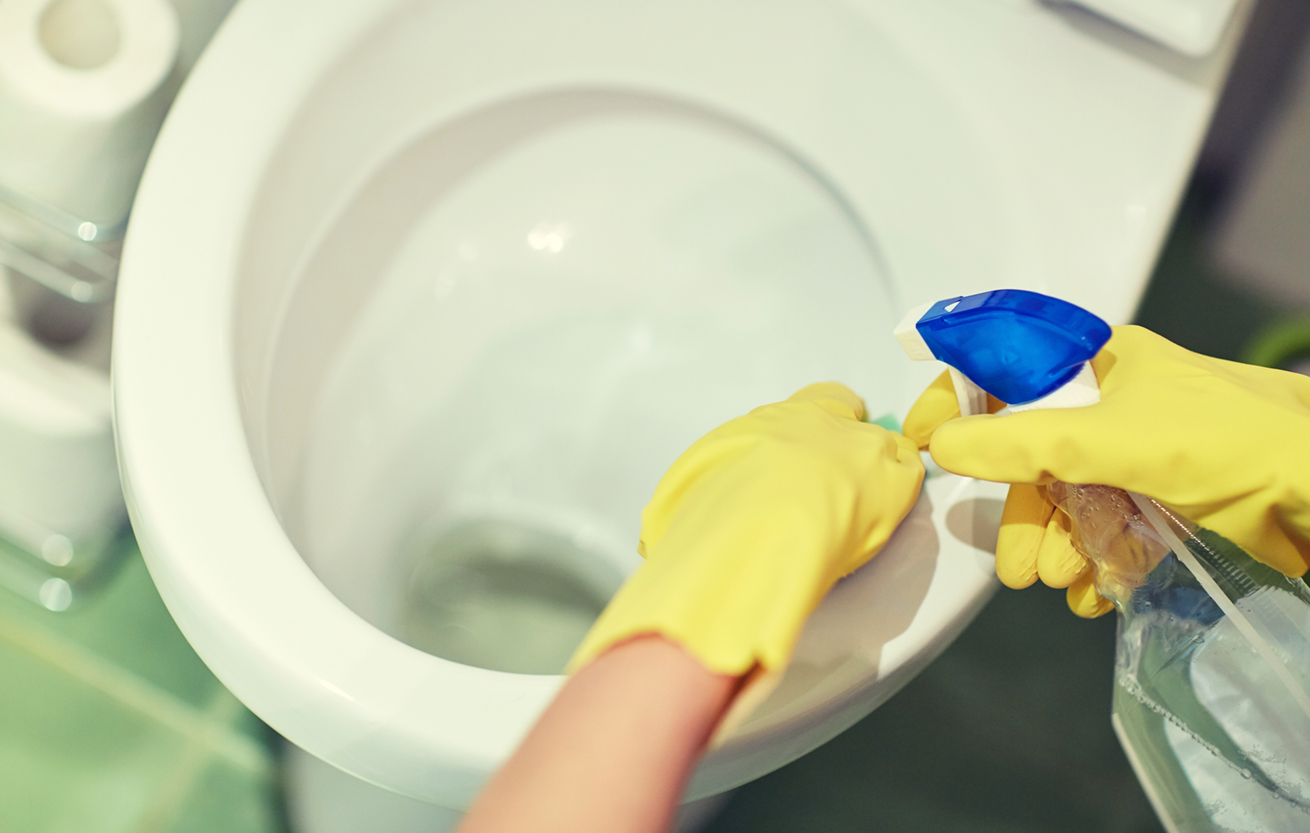



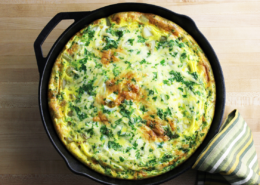
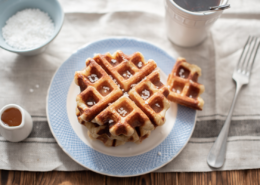

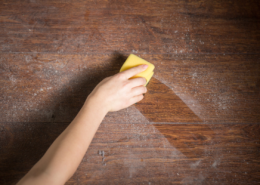



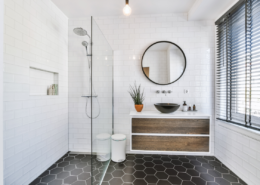



Every day, almost, I put a few pumps of hand soap and swish the brush around. I’ve never felt the need for heavy duty cleaners. Ordinary soap bursts the cell walls of most bacteria and viruses. And when needed the pumice stone. I didn’t know it was best to use the pumice stone every now and then, I’ll start with Bar Keepers Friend more often.
In an area with water restrictions? Think about ways to capture every drop of clean water instead of letting your $ flow down the drain.
While waiting for my shower water to warm before climbing in, I place a bucket under the tap until it runs warm enough to shower. This water can be used for flushing the toilet, watering plants or even adding to the clothes washer so now it uses less water.
Toilet bowl stains? Pour a small capful of mouthwash, generic Listerine works well, into the toilet bowl. I pour some in once or twice a week just before going to bed so that it can work overnight. Much less scrubbing!
When I was in college, I worked on the cleaning crew. They actually trained us to use a pumice stone the correct way. The key is to keep your stone and surface wet. As long as both are wet, the pumice stone will not scratch the porcelain.
Thanks Wendy
Mary…I can’t seem to remember how to print just certain portions from your post. Please give us all the “how to” instructions once again. Thank You
Scroll to the bottom of any post. You will see a large orange PRINT button. Click on it. Now hover over any paragraph and you’ll see a tiny trash can. Click it to remove that portion, sentence, paragraph, word from what you want to print. For images, photos, pictures—click on them one at a time to removed them. Just keep doing that until only what you want to print, remains. Again, you eliminate what you don’t want (rather than select what you do want). Try it. If you mess it up, just start over. You cannot break anything!
the base for most toilet cleaners is diluted hydrochloric acid plus something to make it smell nice,
hydrocloric acid can be purchased at hardware stores for as little as $10 per gallon and half a cup poured into toilet and left a few hours will remove all stains old and new it is cheap no work involved and does not damage the toilet vitreous china
Citric acid is amazing and is very environmentally friendly. It may take a few goes but it works. I had the worst limescale stain and it is completely gone. Now using it regularly it has never returned.
Thank you so much Mary Hunt for all that you share with us! You are so very helpful and I appreciate this post and all that I have read from you!!! You make my life better! Have a wonderful year ahead! Sincerely, Gail.
Ah, thank you Gail!
CITRIC ACID and hot water is the easy solution no one is really talking about it’s amazingly strong, while still safe.
Extremely thick urine scale from someone trying to save water came off in sheets like magic here.
Left it for a few hours. It was astonishing.
For maintenance pcs of ‘bath’bombs would be a great way to clean a toilet with less scrubbing .
Hi Mary, I was very sick for over a year and the hubs had to do EVERYTHING in the house plus provide my care. Needless to say, cleaning the toilets was at the bottom of his to do list. The rust stains and the toilet ring were beyond description due to infrequent cleaning and the hard water from our well. I tried all your solutions and finally settled on ordering the Pumie cleaner. I held out little hope for success. Low and behold, the Pumie worked like magic! The bowls look like new again and I am one happy healthy camper. Thank you for your column and all your great suggestions!!
Pumie is a kind of last resort, and a good one, as you’ve proven! So happy to know you are recovering well and back on your feet. Stay well …